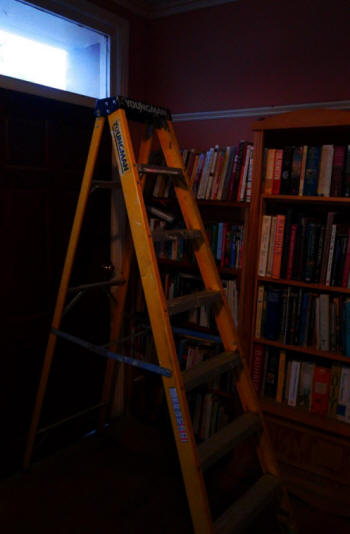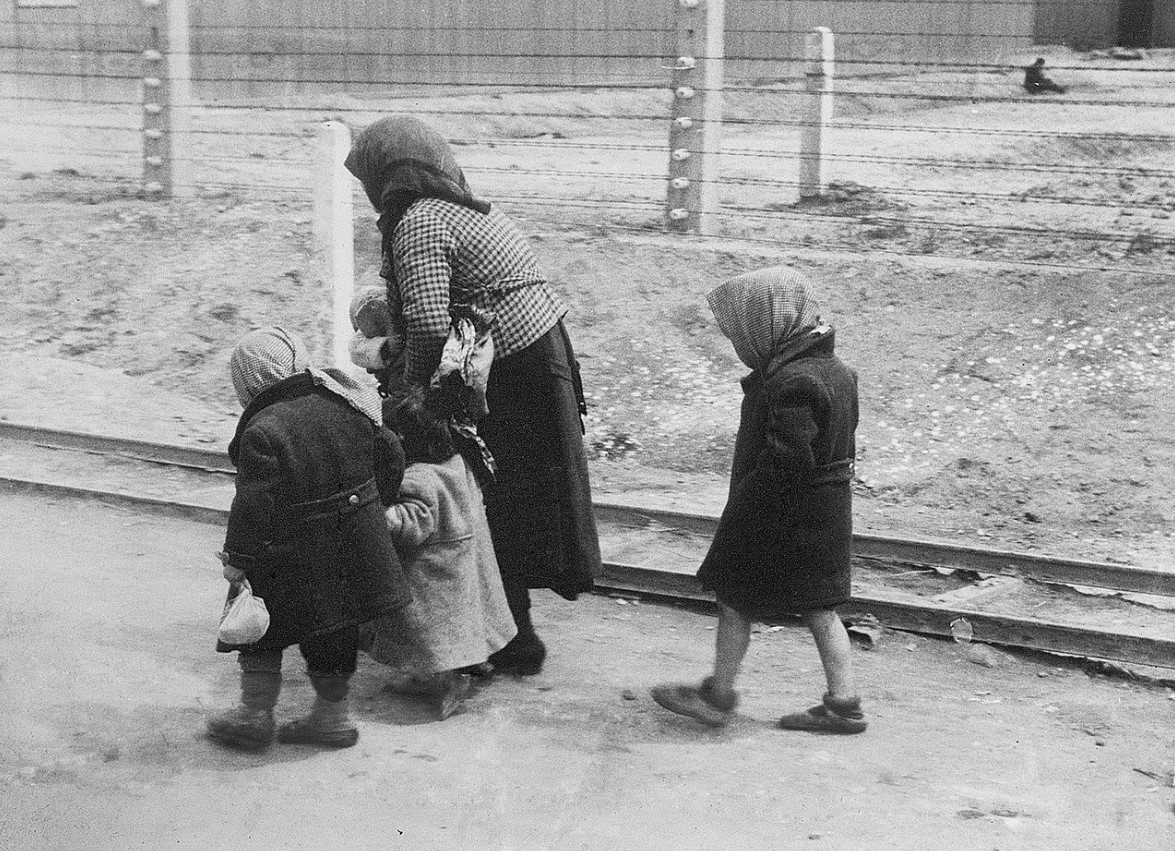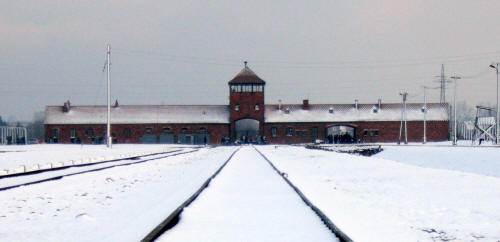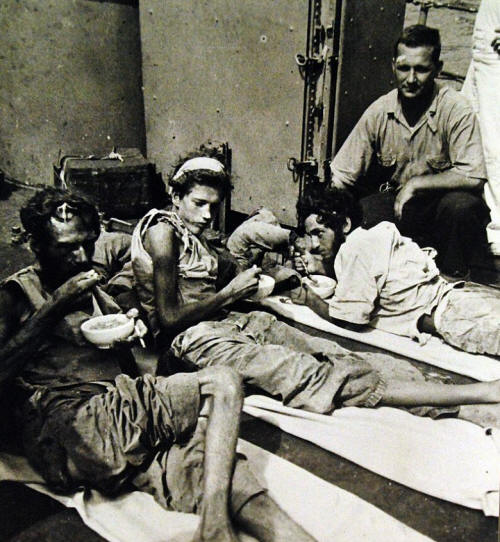
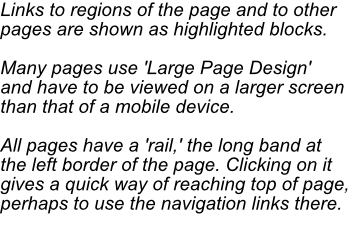
In this column
Introduction
Fire safety: burns and burning alive
Fire risk at Sheffield University encampment
Invention and innovation in fire protection and fire-fighting
STC and hazards in the 'Streets of Light'
Introduction
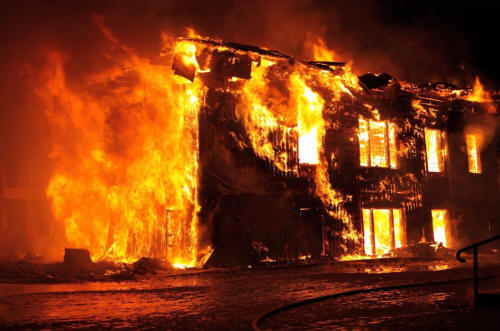

Burns and burning alive
This is from my page Church Donations
Extracts from a shocking report in 'The Independent,' 30 June, 2023. A corrective to a shockingly ignorant article in defence of Christian orthodoxy which was published in 'The Daily Telegraph' 22 December 2024, 'An atheist country gets the church it deserves.' The author isTim Stanley, an alumnus of Trinity College, Cambridge, an Anglican turned Roman Catholic.
A primary school in Croydon has been fined £35,000 after a young boy was left with critical burns when his nativity costume caught fire during the school’s annual carol concert.
St Thomas Becket Catholic Primary School was found guilty of health and safety failings by a jury at Southwark Crown Court earlier in June.
In December 2019 the boy, then aged seven, had been in a line of pupils each holding a lit candle in Our Lady of the Annunciation Church in Bingham Road, Croydon, when his homemade sheep costume caught fire, the court heard.
The fire was extinguished “with some difficulty” and the child received first aid at the scene before he was taken by air ambulance to hospital.
At hospital it was estimated that he sustained burns on 45% of his body, resulting in “life-changing injuries” that will leave him dependent on third party care for basic needs.
... the child’s parents described the “excruciating” pain that their son, who no longer attends the school, has been through and is still going through.
They both commented on the life-threatening nature of their son’s injuries, with the mother saying she “thought the worst” when the boy was in hospital and his father saying he is “lucky to be alive”.
The court heard they were waiting for their son to emerge in the church when people started running outside and screaming, which the father described as feeling like “a bomb had gone off”.
The mother said her son’s best friend said he was on fire, prompting her to “force” her way back into the church.
Both parents found their son standing “screaming” in a bucket of water in the church, the court heard.
...
The court heard how the young boy underwent “countless” surgeries and hospital appointments, which are continuing three years later.
“I protect my son from every look from a stranger when we are out together,” the father said. “I walk in front of him to protect him from the glares of others. I think of him growing older in such a cruel world.
“It overwhelms me to think that my son will never know what a normal life is.”
"I haven't stepped in a church since and I don't think I ever will," his
mother said.
...
Judge Bartle said of the boy’s parents: “Their love for (their son) and their dedication to his welfare shine out from all they say.
“I acknowledge the selfless devoted care that they have given to him.”
In defence of the school, the court heard that the board of governors apologises to the family, that the school has a good health and safety record and that it has banned the use of candles. [An apology, a lame excuse and an assurance that candles are no longer used - an adequate or a grossly inadequate response?]
Fire risk at Sheffield University encampment
These are extracts from my page Sheffield University Camp: the case against


Fire and Rescue services make it clear that tents should not be closely spaced - a minimum of 6 metres apart is a figure often given - so that a fire in one tent doesn’t spread to other tents. Most of the tents in this encampment are touching or very, very close. A fire in one of the tents would probably consume the tent (and any people in the tent) within a minute and the fire would spread very rapidly to adjacent tents, to tents further away and to all parts of the encampment. The Student Union building would be in danger. Quantities of flammable material inside and near to many tents in the camp would feed the flames. Quick evacuation of the area would be impossible due to the close packing of the tents and the clutter.

I informed the university and found the response naive, disturbing. An email sent to me includes this: ‘ … additional extinguishers have been positioned in nearby buildings for use by Security or Students' Union staff in the event of a fire within the encampment.' In almost all cases, reaching a fire before it gets out of control would be impossible, due to inevitable delays and extreme congestion in the area.
Eventually, some improvements were made, supposedly. I took photographs after the 'improvements.' Tents were still packed closely together, touching or only slightly separated in most cases, ignoring the advice that tents should be separated by a minimum of 6 metres at least so that a fire in one tent doesn't quickly consume the whole tent area - with the people in them. After the improvements, still masses of flammable material which would fuel the fire. After the improvements, still no change in the attitude of the camp protesters. I made it clear that the law allowed me to take photographs. The photographs I'd taken documented the extreme fire risks. When I've started taking photographs, students have been infuriated, or in a state of panic, tried to stop me, obstructed me. This is an area where the law doesn't apply, they would like to think.
Extract from the email sent to me by a senior member of the university
Dear Mr Hurt,
Thank you for your emails to the Vice-Chancellor and other colleagues. The Vice-Chancellor has asked me to respond on his behalf.
As a university, we are committed to protecting and promoting freedom of
speech and association within the law and fostering an environment that
encourages the free exchange of ideas. This includes our students' right to
carry out lawful and peaceful protest.
The current protest on campus has so far been largely peaceful, however we continue to remind the protestors of our expected standards of behaviour for any protest activity.
Our top priority is maintaining the safety and wellbeing of our entire
university community.
We are closely monitoring the current situation on campus. CCTV
of the area is being regularly monitored and extra patrols from security
staff are being undertaken.
We have been regularly checking in with the protestors to ensure their
own safety and wellbeing and that they are following guidance to protect the
safety and wellbeing of others.
We have provided the protestors with guidance on fire safety and asked them to ensure tents are positioned away from other tents and adjacent buildings.
We have stressed the importance of not blocking fire exits or having any ignition sources or naked flames in or around the tents. As an added precaution, we have also provided aerosol fire extinguishers that are multi-purpose and safe to use on any type of fire.
As an operational measure, additional extinguishers have been positioned in nearby buildings for use by Security or Students' Union staff in the event of a fire within the encampment.
I hope this message reassures you that we are closely monitoring this
situation and that we are prioritising safety and wellbeing on campus.
Reply to the email sent to me: extract
... I have now
had the time to study your email in more detail, including the very
sparse treatment of fire safety,
I am astonished that such a superficial document was ever allowed to be sent. The measures which you have put in place, heavily reliant upon the good will of the protesting students, are completely deficient. To give just one example, in my principal email on fire safety, I stressed the speed with which fire could take hold - the destruction of a tent in a mere 60 seconds, perhaps. In that time, adjacent tents would have caught fire and could well be destroyed - together with their occupants - in another 60 seconds. Yet you write, in your email, 'As an operational measure, additional extinguishers have been positioned in nearby buildings for use by Security or Students' Union staff in the event of a fire within the encampment.' In the time it would take for Security or Students' Union staff to reach the area with their fire extinguishers, it would be far too late. The damage would have been done, the lives would have been lost. You have failed to consider the welfare of security staff, expected, it seems to dash out with fire extinguishers in an attempt to extinguish a fire which is already much too big to be put out by such means - possibly risking injury or worse in the process. You haven't thought things through at all.
The distances between tents is one of the most important of all considerations, yet you are vague on this matter. I gave 6 metres between tents as a very commonly recommended minimum. The advice you have given to the protestors: they have been asked 'to ensure tents are positioned away from other tents and adjacent buildings.' You have not the least idea, obviously, about the importance of avoiding vague and subjective phrasing in giving advice on safety matters. Advice phrased in this way is far more easily disregarded than when the advice is precise and authoritative.
You may have stressed the importance of not having any ignition sources or naked flames in or around the tents but good safety advice never places undue reliance upon the perfectibility of human nature. People who in normal circumstances are reasonably safety conscious may fail in some circumstances. Safety regulations should incorporate multiple safeguards. So, the rules concerning minimum distances between tents limit the damage if in one tent, an individual does behave recklessly and makes use of naked flames. At least the fire is unlikely to spread to other tents.
The approach to fire safety at Sheffield University, at least in the case of this issue, falls well below minimum standards - taking care not to generalize, to separate the negligent people from the people who bear no responsibility. It isn't 'Sheffield University' which is culpable in this matter but, I think, people at a high level of seniority.'
'Sheffield Campus Coalition for Palestine,' the organizers, and Sheffield University have been risking disaster. In the event of fire, the closeness of the tents would not only have accelerated the spread of fire but limited the ability of tent occupants to get out of the tent and get out of the area. The occupants would have got in each others' way, very likely increasing the fatality rate and the injury rate - a scene which could involve students trapped in an inferno in the middle of the night.
There would have been very severe legal consequences, very severe general consequences, the University suffering catastrophic harm, its reputation suffering catastrophic harm.
Some users of the camping area have actively tried to prevent me from taking photographs, by means which include active obstruction, blocking my path. I've pointed out that the law allows me to take photographs - and to go where I want in this public space - and I've gone ahead and taken photographs, to document conditions at the site.
Invention and innovation in fire protection and fire-fighting
From my page A New Roofing-Walling System: modifiable, with multiple configurations, uses and advantages
Fires and fire risks
Fires are often spread by burning items from a forest or a neighbouring property landing on the roof. When burning wood or plastic or other materials land on the roof of a property using this system, it may be that the fire will be put out by the water already in the collecting surface, which takes the form of a tray, moderate in area or very great in area, sometimes fairly shallow but often fairly deep.
From the site,
https://www.building.co.uk/sponsored-content/identifying-and-mitigating-roof-fire-
Flat roofs and fire risk
While all roof constructions are susceptible to localised fire spread from within a building or adjacent structures, flat roofs are at a greater risk of being the original fire source.
As an accessible surface area, flat roofs are an easy target for arson attacks. Given arson is the most common cause of fire in the UK, annually accounting for 50.5% of fire service call-outs*, this poses a notable concern for any building with a flat roof.
[The water volume used in this new system is an obvious deterrent to the entry of arsonists to the roof area. The water volume also makes it likely that an attempted arson attack would be unsuccessful.]
Additionally, the maintenance and refurbishment of flat roofs also present a fire hazard. Grinding, welding and torch-applied roofing are all hot works which can cause a fire to ignite.
[The construction of flat roofs very often involves the use of flammable materials such as bitumen and operations at high temperatures. These materials and operations are not used in this system. Similarly, the maintenance and refurbishment operations mentioned are not used in this system.]
Finally, plant and machinery are commonly installed on flat rooftops. The mechanical failure of these can lead to a roof fire. With solar panels specifically, there are known incidences of faults causing fires by ‘arcing’.
[Again, given the very different environmental conditions in this new system, fires arising from these causes are less likely to be severely damaging.]
The system can be employed in war zones, in which case incendiary weapons landing in the water may be extinguished in some cases.
STC and hazards in the 'Streets of Light'
Streets of Light, safety at Christmas, safer neighbourhoods, a safer world, safeguarding and the churches, safeguarding and the police
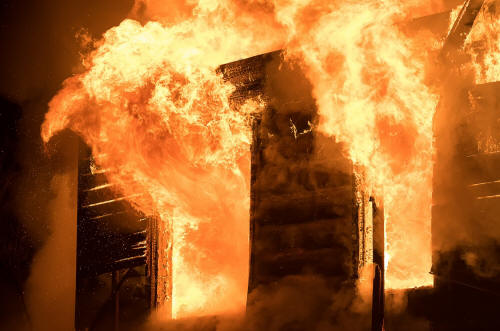
Above, the possible consequences of a house fire caused by a candle or faulty electrical wiring near a window
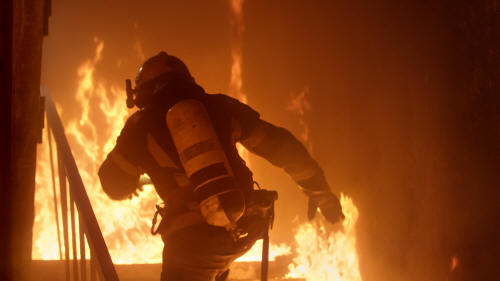
And the risks to firefighters
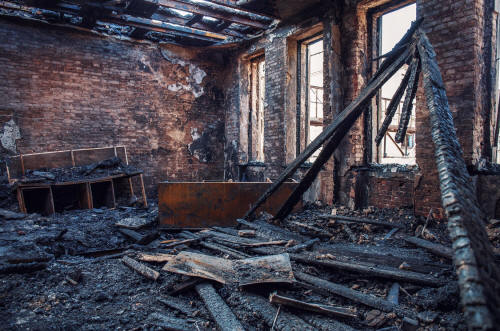

Above, STC (St Thomas Church): the modern extension and and main entrance.
The protection of children and vulnerable adults against abuse is obviously very important. Despite advances, the evidence I have suggests that the churches are still failing in their duty, are still ineffectual. Although churches are less likely to ignore abuse, they still ignore other aspects of safeguarding, to a greater or lesser extent.
I discuss hazards of different
kinds in this section, some very briefly, others in more detail. I argue
that the churches can do far more to 'defend, protect - against danger,
damage, injury etc.' It's easy for Churches to claim that
they are concerned with 'the whole person,' but the reality is often very
different. The churches tend to neglect a whole range of practical measures
which would give greater protection against various hazards. The churches,
like other organizations, have very limited power, and no power at all to
transform neighbourhoods (even if they have some power to make some
neighbourhoods better places to live), no power at all to remove the risk of
terrorist action and no power at all to transform the international order so
that wars are less likely, no power at all to guarantee peace. But vast
numbers of churches and individual Christian believers do have utopian
fantasies in which these things are possible - certain - if only people turn
to Jesus. I think that these delusions are harmful and in this section give
some of the reasons. This page, my
page on
Christian religion,and other pages of the site
give further evidence.
In October 2021, the 'Streets of Light' initiative took place in Sheffield and some other parts of the country. STC (St Thomas Church) was the principal organizer. The initiative began some years before, after the idea came to Helen Ward of STC, with, she claims, 'a gentle nudge from God.'
Helen Ward - and the God she believes in - has completely neglected some practical problems, it seems. Here, I point out the problems. These problems are presented at Christmas too, to a large extent. Now that the 'Streets of Light' initiative is at an end, attention can be focused on the problems of the 'Christian Christmas.'
STC and other participating Churches don't see the windows lit up with their various messages as simply a matter of giving passers-by a pleasant view for a few moments. They view them as important - vital, even - in the battle of light against darkness. The people of God walk in the light, the people without belief walk in darkness. They regard Jesus as the Light of the World. The publicity materials for the initiative - but they would regard them as far more than publicity materials, as a vital part of Christian evangelism - neglect completely issues to do with safety. To these people, if someone falls off a chair whilst sticking some tissue paper on a window or if a candle in a pumpkin (the pumpkin can't be made into a face, since this would have associations of Halloween), then any injury - or death - the most important aspect is the victim's faith in Christ as personal Lord and Saviour, or lack of faith. If they regarded the physical dangers as important, they would have given some safety warnings. These could have been inserted with hardly any effort into their promotional Website and video.
Vandalism, theft, stabbings, shootings, violence in general in neighbourhoods, attacks on the fire service and the other emergency services, attacks on the police - these too are regarded as less important than belief in Christ as personal Lord and Saviour. In fact, they view belief in Christ as personal Lord and Saviour as the only real, the only effective answer to problems such as these. This is surely deluded.
Christian evangelism is dangerous or impossible if civil society descends into dangerous chaos, if Christian pastors are kidnapped and held to ransom, if there are mass killings of Christians, or if a state suppresses Christianity.
Again and again, of course, countries have been invaded - but of course, recognition of these realities, knowledge of these realities, isn't common in communities of Christians. In the absence of invasion, groups sometimes come to power and torture, execute, massacre whole groups - sometimes Jews, sometimes free-thinkers, and sometimes Christians.
What protects a country against invasion? The
reality is that the armed forces of a country can protect a country, but
mass conversion to Christian belief is no protection at all and it's a
delusion to think it will happen.
The 'Streets of Light' initiative. Address of the Youtube video showing unsafe working|
https://www.youtube.com/watch?v=UrwLEBnKk4o&t=4s
Address of the 'Streets of Light' website -
which pays absolutely no attention to safety:
https://www.streetsoflight.co.uk
The page
https://www.streetsoflight.co.uk/inspiration
includes this:
'If you don't want people to see into your house, then you can use greaseproof paper or tissue paper to cover your windows or as a backing for your design.' From a section of the site with the heading
The key things to remember ...
Safety isn't one of these 'key things. No mention of the fact that working so close to glass, at a height -
when the top part of the paper is added - is dangerous if the person is
standing on a chair or a rickety step ladder - dangerous if a much
better step ladder is used, if the ladder isn't checked and used
properly. A fall against a window would very likely be catastrophic, a
fall through the window would definitely be catastrophic. No mention of
the fact that a child shouldn't be expected, shouldn't be allowed, to
carry out the work.
Copy of an email I sent to the STC
Administration address. Ruth Aidley, mentioned below, is the Administrator
at STC.
Ruth Aidley's comment that the dangers of putting up (or
taking down) the decorations for making a 'Streets of Light' Display
are no more than the dangers of putting up (or taking down)
Christmas decorations - in our conversation at STC (St Thomas
Church) yesterday - was unintentionally perceptive. The risks can be
equated, broadly speaking, but she's obviously unaware of the
evidence that Christmas is a particularly dangerous time of year for
household accidents. People are 58% more likely to experience a
house fire in the Christmas period than at other times of year, for
these reasons: use of candles, overloaded sockets, heating of
lights, unsafe wiring to supplementary lighting.
The Streets of Light Website has nothing whatsoever on safety. It would have been so easy to have included a section on this topic, but none was included. Pumpkins are 'allowed,' with the qualifications mentioned (no references to Halloween, for example) but an ordinary member of the public who signed up to the initiative would assume that candles too are allowed. If a candle is used, there's the danger of fire and the danger is intensified by the proximity of tissue paper or other paper, the method recommended by the 'Streets of Light' Website to prevent a view into the room.
ROSPA (the Royal Society for the
Prevention of Accidents) gives information about the very large
numbers of people who have fallen while using unstable chairs to put
up their decorations (or take down their decorations.) Most falls
from a height, in industry as in the home, are falls from a
relatively low height. Even falls from a relatively low height can
have catastrophic consequences for the victim.
I've made copies in whole or in part of the STC 'Streets of
Light Website' and the STC Youtube video so that if St Thomas Church
chooses to delete the material, I still have the evidence. More of
this evidence (it will have to be used with great care and
sensitivity, by blocking out sections of the images, since children
are portrayed), varying is degrees of seriousness:
A child is shown in the first few sections of the Youtube
video using blunt scissors. These supposedly 'child-proof' scissors
can still cause injury (in medicine blunt trauma is distinguished
from penetrating trauma.' but the scissors are used in the child's
lap - very unsafe.
Shortly after, another child is using scissors over a table, a much
safer position, but the scissors have sharp points.
Later, a child and woman are standing near a window with outstretched arms in a very unsafe position. What they are standing on isn't shown, but it's not likely that it was a stable, secure base. Nowhere are strong step ladders of adequate height shown. Members of the public who signed up may well be using flimsy, very unsafe step-ladders or the chairs which are shown as providing support in the video. A boy wearing socks was evidently standing on the smooth surface of a chair (both low-friction, of course) before he jumped off.
At this time, it's essential that the overburdened emergency services and other public services shouldn't have their time taken up with the accidents which are the result of avoidable risks. STC seems completely unaware of its practical responsibilities in certain respects. There are legal obligations to be considered, including the duty of care, particularly the duty of care to children, the duty to do everything possible to avoid claims against it for negligence. It's unlikely that a catastrophic accident will occur during taking down of the window decorations or earlier, as a result of a house fire caused by a candle, but if legal proceedings did take place and the Anglican Church was found not to have been negligent in the legal sense, the victory would surely be a hollow one - an injured victim would likely be left embittered, the family of a fatality would likely be left embittered. One single accident could do great harm to the reputation of the Anglican Church.
After mentioning some issues to do with safety, I just had
time to mention to Ruth Aidley a different matter, the image on the
STC Youtube video concerned with 'Streets of Light' which showhe
side of a house with lights on in multiple rooms. I pointed out that
the electricity used for lighting these rooms for 5 hours each
evening for the duration of the 'Street of Light' initiative would
have a negligible, almost non-existent impact on climate change, but
this is the case with all the electricity used by any house. What
counts is the cumulative effect of millions - billions - of houses
and, also, the signal which this house with its wasteful lighting
sends out, that this is a church which isn't willing to do nearly
enough to combat climate change. The Streets of Light initiative
amongst other defects encourages waste of resources.
After mentioning this, after just a few minutes in the
building, Ruth Aidley ordered me to leave at once. I didn't leave at
once, not quite, and she repeated the order. I left after a very
short delay. This is no way to promote the reputation of the
Anglican Church, or the STC section of the Church. It blocks means
of communication and is a sign that, for all the talk of love and
the writing about love, STC's pursuit of positivity at all costs,
even when the situation can't be given positive 'spin,' STC is
capable of abysmal failure when dealing with people. I'm a
non-Christian, and this experience has had an effect. I had made it
clear to Ruth Aidley that I had called at STC simply with this in
mind: I had great concerns about the implications for safe working
of the 'Streets of Light' initiative, the practical work needed to
put up a window display, I didn't expect anyone to listen to the
evidence I had available at the time - I recognized that there were
many demands on people's time - but I was happy to return on any day
and at any time to speak about the matters, which I regarded - and
still regard, of course - as very important.
Best Wishes,
Paul Hurt
We would love people to get involved with the Streets of Light Trail in order to be part of making that change and transformation in our communities - turning streets of darkness and fear into streets of light, love and hope. [They are hiding their main motive - making conversions. If the Streets of Light initiative produced large numbers of people with an ardent interest in light, love and hope, the organizers would be very disappointed. Nobody gets into heaven by simply putting a high valuation on light, love and hope, but only by accepting Christ as their personal Lord and Saviour - according to them.]
The second aspect to the vision is for Streets of Light to become a national event or initiative with streets, roads, towns and cities across the UK being lit up over the week of Halloween.
As this happens, rather than individual homes being a tiny, isolated pinprick of light on a map; we would instead begin to see hundreds of these houses of light connected to each other, forming links and chains across neighbourhoods, cities and the country.
This year, it's obvious that even in areas of Sheffield where the uptake, the number of households signing up, was higher, such as the area near STC, the houses lit up were few and far between. In the areas I've visited, it would seem that there are instances where the householder signed up to the initiative and the houses are shown on one or other 'Streets of Light' map, but there are no displays. I haven't undertaken anything like a systematic and thorough survey, of course, but such a result could be expected - people like the idea, sign up but are reluctant to do the work of decorating a window, or more than one window - a wise decision, I'm sure.
Seen from a distance, the houses with window displays would appear as isolated pinpricks of light. These houses have wasted energy unnecessarily, on a futile exercise that has absolutely no chance of 'transforming' neighbourhoods. To suppose otherwise is to engage in naive Christian utopianism. If the initiative in future years became very, very successful - hypothetically - and the streets of Sheffield became vast swathes of light, and villages, towns and cities throughout the country became vast swathes of light, then the light would delight the organizers but amount to gross misuse of resources.
Safe use of Christmas lights demands some attention to detail. Safe use of lighting for a 'Streets of Light' window display demands some attention to detail too, but the 'Streets of Light' Website ignores electrical safety completely, since it ignores general safety completely. This is a very detailed guide to electrical safety
https://blog.christmas-light-source.com/can-led-fairy-lights-catch-fire/
Any electrical device or appliance can start a fire if it is damaged or used in poor operating conditions
...
Safety things to remember when installing Christmas lights:
- Make sure the wiring of all the lights is in great condition.
- Use a timer or turn off the lights when you aren’t in the same room or home with them.
- Don’t stretch lights across metal edges or put stress or tension on the wiring.
- Don’t decorate a Christmas tree with flammable decor
- Be sure to choose a fresh tree if you go the natural, real-tree, route, cut off the end of the trunk, and make sure it stays watered. See this artcle about Christmas tree safety for more information.
- Don’t use staples when installing lights since they could be accidentally pierced.
- Don’t install too many light strings in a project and exceed the manufacturer’s specification for maximum number of light strings to be run in series.
- Don’t exceed more than 85% of your household breaker’s maximum capability (ask an electrician to help calculate this figure for your breakers)
- Never daisy chain extension cords or exceed a cord’s maximum current rating
- Have a Master Electrican examine your Christmas light display to make sure you are staying inside the lines of common sense electrical practices.
'Don't decorate a Christmas tree with flammable decor.' But the 'Streets of Light' Website recommends using flammable paper in quantity at a window to block views of the room from outside, and has nothing to say about the light sources near to the flammable material, if any are used - and it's likely that in many cases, supplementary light sources will be used near the diplay. There's no mention of candles or electrical lights which work at a higher temperature than LED lights, or the need to check the wiring of LED and other lights or to observe any of the precautions in this detailed list.
A Youtube video produced by Which?
https://www.youtube.com/watch?v=95g7z73vG-k
'Fire or electrocution were the risks faced with half of the Christmas lights we tested from online marketplaces. Christmas tree fires can take hold very quickly so having any ignition source near them can be a real risk, that's why we tested 13 sets of lights from eBay, Wish and AliExpress for safety. For our test, we bought lights from both the high street and online marketplaces and what we found was shocking. We’re calling for online marketplaces to have greater legal responsibility for the products that are sold on their sites.'
https://www.youtube.com/watch?v=xr6b9b8FYKk
The title of the Youtube video: 'Christmas tree fire turns devastating and deadly within seconds.'
The step-ladder I'd use if I were putting in place a display at this small window for 'The Streets of Light' initiative - not that I'd ever have done that. The step ladder is strong and heavy. There's this warning clearly visible on the step ladder:
WARNING For your safety, follow the instructions on the left hand side of this product.
Even when using a step ladder of this quality and following the safety rules for using step ladders, working on the step ladder still needs great care. It should be unthinkable to expect a child to use the step ladder or to expect a child to help with putting up decorations on a window or putting tissue paper on a window whilst standing on a chair or something just as unsafe.
